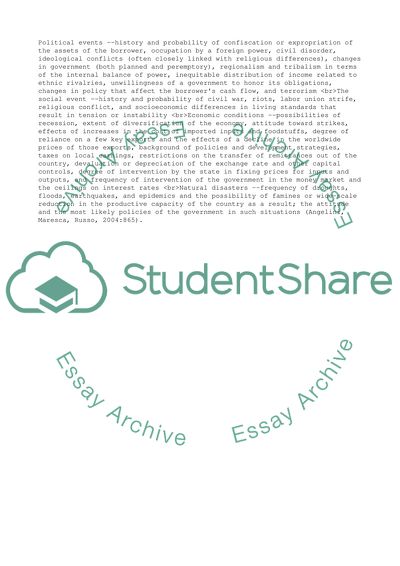Cite this document
(“Risk Management within Multinational Banking Dissertation - 1”, n.d.)
Risk Management within Multinational Banking Dissertation - 1. Retrieved from https://studentshare.org/management/1703088-risk-and-risk-management
Risk Management within Multinational Banking Dissertation - 1. Retrieved from https://studentshare.org/management/1703088-risk-and-risk-management
(Risk Management Within Multinational Banking Dissertation - 1)
Risk Management Within Multinational Banking Dissertation - 1. https://studentshare.org/management/1703088-risk-and-risk-management.
Risk Management Within Multinational Banking Dissertation - 1. https://studentshare.org/management/1703088-risk-and-risk-management.
“Risk Management Within Multinational Banking Dissertation - 1”, n.d. https://studentshare.org/management/1703088-risk-and-risk-management.


